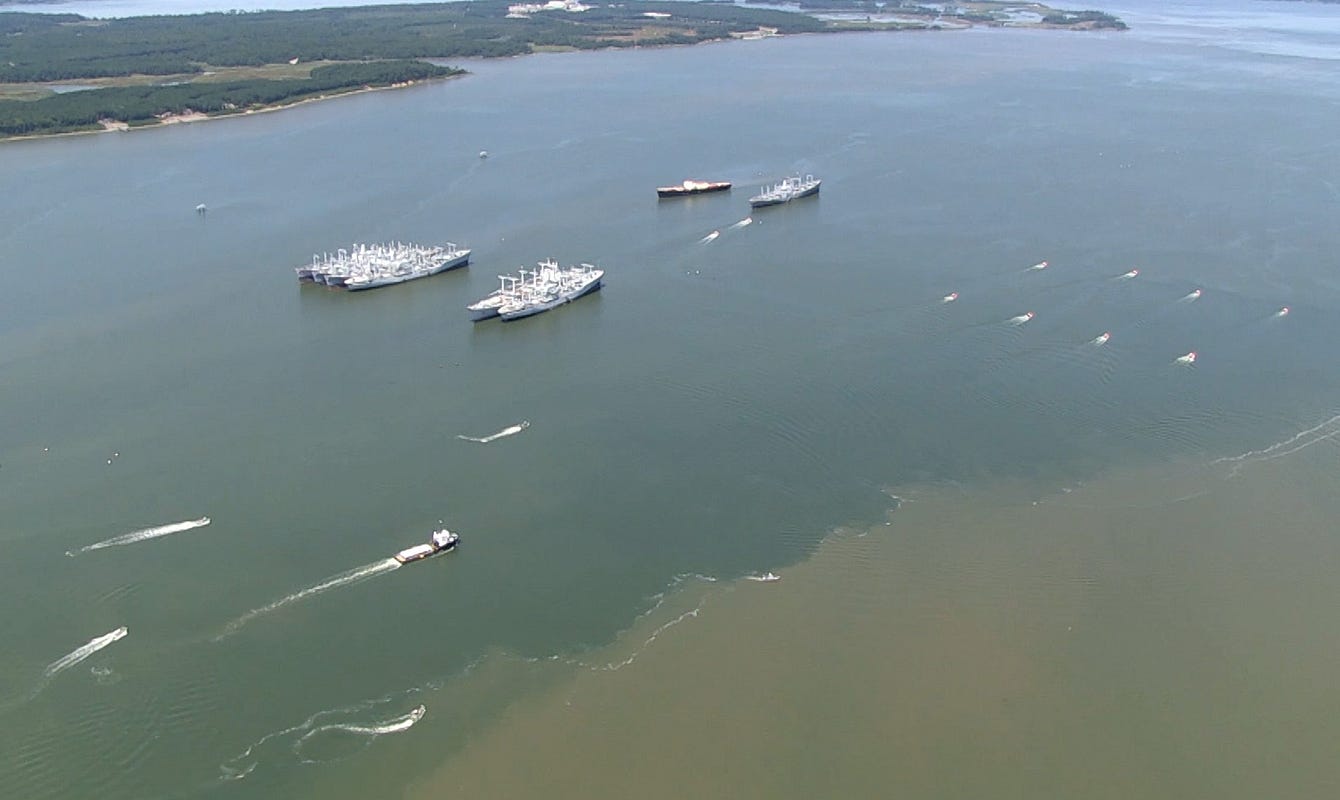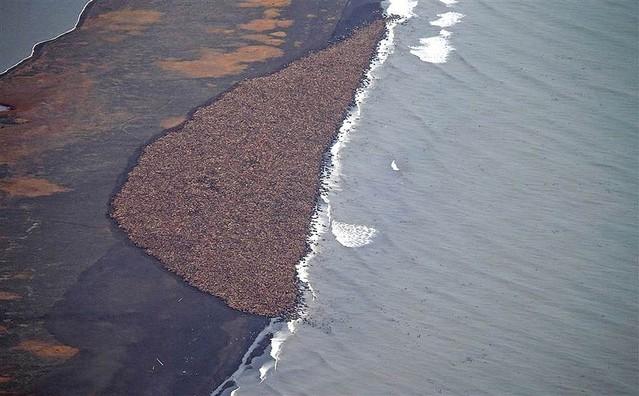From NYTimes by Christopher Clarey
Long
before Charlie Enright found a way to convince a Norwegian race
director and a Turkish businessman that he deserved their faith and,
above all, money, he was an elementary school student in East
Providence, R.I.
A brand new digitally restored version of the official film
for the 1973-74 Whitbread Round the World Race.
One of the learning tools in first grade was the Whitbread Round the World Race, later renamed the Volvo Ocean Race.
“We studied it as part of a geography class,” Enright said in an interview this past week.
More than 20 years later, Enright is off to circumnavigate the planet for real as skipper of Team Alvimedica, one of seven yachts in the latest Volvo Race.
The fleet is to leave Alicante, Spain, for Cape Town on Saturday on what will be the first of nine legs in this triennial test of guts, smarts and salt-sprayed staying power.
Let the sleep deprivation begin.
Where the adventure begins
Make no mistake, however: The Volvo is still risky business.
In May 2006, the Dutch sailor Hans Horrevoets was washed overboard and died in the middle of a stormy transatlantic leg.
Last time around, on the first leg of the 2011-12 race, Puma Ocean Racing’s main mast broke into three pieces
in the South Atlantic, nearly 2,000 nautical miles from Cape Town.
That
mishap forced the American skipper Ken Read and his crew to seek safe
harbor on Tristan da Cunha island, home to one of the most remote settlements in the world.
“Believe me, the Volvo’s still an adventure,” Read said this past week.
Read,
the 53-year-old president of North Sails, is sitting out this edition,
but his former North Sails employee Enright, who recently turned 30, is
making his debut.
Enright
and his 25-year-old teammate Mark Towill, who both sailed at Brown
University and hunted down the funding against the odds to compete in
the Volvo, are the leaders of a new wave of talent that has changed the
face of the race.
And their emergence is directly linked to major change
in the race itself.
A race around you
The
original Whitbread was contested in all manner of ocean-going vessels,
and teams have continued to have some latitude in boat design in
subsequent class rules.
But faced with a sluggish global economy,
spiraling costs and increasing sponsor resistance, the Volvo has
switched to a one-design class for the first time this year.
That means all seven of the teams are using identical 65-foot boats that were produced in the same British shipyard.
“It’s
truly one design, down to they are weighing everything we put on the
boats to make sure some boats don’t have extra stacks that provide extra
stability,” Oxley said.
“Everyone has the same software. No one is
allowed to have bespoke software.”
“It’s like stepping on a sophisticated Laser,” he added, referring to the one-design class of dinghy.
The
Volvo’s bold move is not without naysayers, some of whom fear that the
lack of freedom will stifle the innovation that comes with teams
searching for a design edge, however small.
But
a one-design approach is undeniably cost-efficient with the teams now
able to share the same shore crew and avoid sinking funds into research
and development of boats and sails.
Knut
Frostad, the Norwegian who is chief executive officer of the Volvo
Race, said the team budgets for the last race ranged from 20 million
euros to 35 million euros, or about $25 million to $44 million, over a
two-year period.
This time, he said the budgets range from 9 million
euros to 15 million euros.
Though there is only one more team this time
than in 2011, when there was a record low of six, Frostad said there
could well have been no boats and no race at all.
“If
we had done nothing, if we had not changed, I’m very confident we
wouldn’t have existed,” Frostad said.
“There were a few other changes we
could have done instead, but I think this is the right thing.
“Now
the sailors know it’s about them. It’s about nothing else. It’s about
who can keep the team together and they can still go as fast as before
but there are no excuses now.”
The changes have helped bring an all-women’s crew back to the event — the Swedish-backed Team SCA — for the first time since 2002.
The one-design rule also means that a late entry from Denmark — Team Vestas Wind — has a chance to be competitive to a degree it simply could not have been had it needed to build and develop its own boat.
“If
I were still doing the race, I would miss the custom aspect of it,”
Read said.
“I loved integrating the design and sailing teams, but for
the race’s viability, I think one design was probably the only option,
and I think they are very happy they did it.”
Enright and Towill are certainly delighted.
They met in 2007 after both made the cut for the documentary film project “Morning Light’’
in which a crew of young sailors, funded by Roy Disney, competed in the
2007 Transpacific race.
During that project, Enright and Towill heard
inspirational tales from former Volvo Race winners like Stan Honey and
Mike Sanderson.
The
young Americans caught Frostad’s eye in 2011.
Though teams once came to
the race on their own with their sponsors and backing in place, Frostad
and Volvo organizers have become increasingly involved in identifying
potential sponsors and connecting them with prospective sailors.
Though
Enright and Towill courted American companies, Frostad eventually put
them in touch with Alvimedica, a Turkish medical supply manufacturer
looking to raise its profile globally.
The team is flying both Turkish
and American flags during the race.
It
has been quite a learning curve, and it is only going to get steeper as
the Volvo rookies head off on the longest leg of their lives and then
sail for the first time in the direction of the volatile Southern Ocean.
“They’re going to be a lot older and wiser when they get to Sweden in nine months,” Frostad said.
Meanwhile,
back in Rhode Island, Enright’s wife Meris, a fifth-grade teacher, will
be helping to organize a geography class of her own with a certain
round-the-world race for a tool.
“She’s doing it with her kids this time around,” Enright said.
Links :
Links :
- GeoGarage blog : Evolution of a race - Volvo Ocean Race 2011-12 / VOR hit by big waves - Volvo Ocean Race 2011-12 / Raw Power on Volvo Ocean Race : crossing a North Atlantic storm / Volvo Ocean Race: Groupama seal overall victory in Galway after closest finish in history / Passion for the sea / Join the adventure of a lifetime | Volvo Ocean Race 2014-15 /









